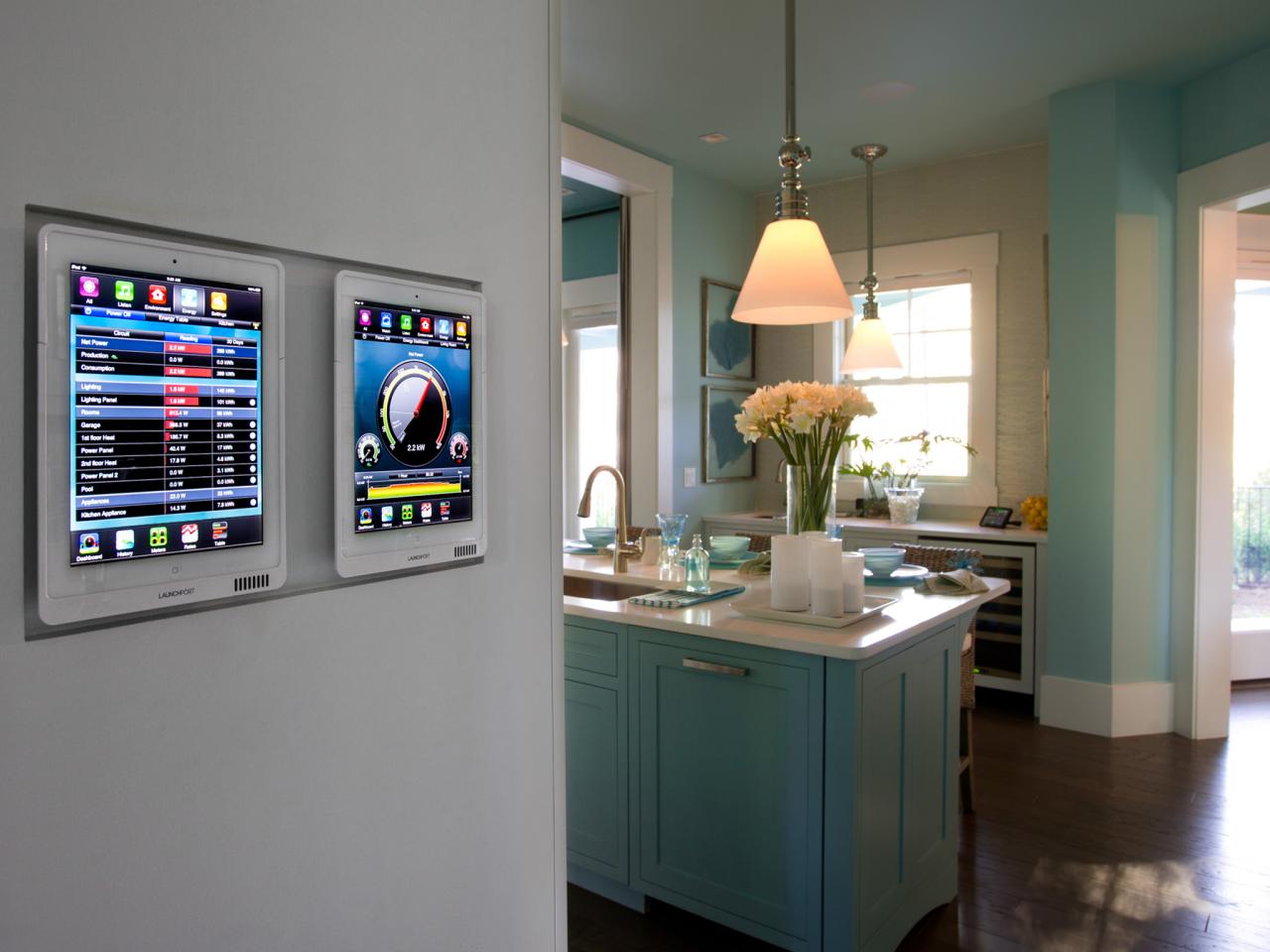Definition of a smart home
A smart home refers to a dwelling that is equipped with devices and appliances that can be controlled remotely and intelligently. These devices are interconnected through a central system that enables homeowners to monitor and manage their homes effortlessly. The primary goal of a smart home is to enhance convenience, comfort, and security, allowing residents to have a more streamlined and automated living experience.
Components of a smart home
A smart home consists of various components that work together to create an interconnected ecosystem. These components include:
- Connectivity and communication: A smart home relies on a robust network infrastructure to enable communication between devices. This infrastructure can be wired or wireless, and it allows devices to exchange information seamlessly.
- Internet of Things (IoT): The IoT plays a crucial role in smart homes, as it connects and integrates various devices, sensors, and appliances to a central hub. This connectivity enables devices to collect and analyze data, providing homeowners with valuable insights and control.
- Smart home security: Security is a paramount concern in any home, and a smart home offers advanced security features that enhance protection. These features may include smart locks, surveillance cameras, and intelligent alarm systems that can be monitored remotely.
- Voice assistants: Voice assistants have become an integral part of smart homes, allowing residents to control various devices using voice commands. With the integration of voice assistant technology such as Amazon Alexa or Google Assistant, homeowners can control lights, thermostats, and even play music without lifting a finger.
- Smart appliances: Smart appliances, such as refrigerators, washing machines, and ovens, have revolutionized the way we manage our household chores. These appliances can be remotely controlled and monitored, providing convenience and efficiency.
- Energy management: Smart homes are designed to optimize energy consumption, reduce waste, and lower utility bills. Energy management systems can monitor energy usage, optimize heating and cooling, and automate lighting, ensuring that energy is used efficiently.
- Automation and control: Automation lies at the heart of a smart home, providing homeowners with the ability to control various aspects of their living environment. Whether it’s adjusting the temperature, turning on/off lights, or scheduling tasks, automation simplifies daily routines and enhances comfort.
Connectivity and communication
Connectivity and communication are fundamental aspects of a smart home. Without a reliable network infrastructure, the devices within the home cannot communicate effectively. Smart homes utilize various technologies for connectivity, such as Wi-Fi, Bluetooth, and ZigBee, to connect and interconnect devices seamlessly. This allows homeowners to control and monitor their homes from anywhere, using smartphones, tablets, or voice assistants.
Internet of Things (IoT)
The Internet of Things (IoT) is the backbone of a smart home. It enables the interconnectivity of devices and appliances, allowing them to communicate and share data. IoT devices, such as sensors, thermostats, and cameras, collect information and send it to a centralized hub, such as a smart hub or a smartphone app. This hub then processes the data and provides valuable insights to homeowners, enabling them to make informed decisions and take appropriate actions.
Smart home security
Security is a top priority for homeowners and smart homes offer advanced security features to safeguard against intruders and emergencies. Smart locks provide convenient keyless access, allowing homeowners to lock and unlock doors remotely. Surveillance cameras can be accessed and monitored through smartphones, providing real-time video footage. Intelligent alarm systems can detect unauthorized access and send alerts directly to the homeowner’s device, notifying them of a possible threat.
Voice assistants
Voice assistants have become ubiquitous in smart homes, revolutionizing the way we interact with our devices. By using voice commands, homeowners can control multiple devices simultaneously, creating a seamless and hands-free experience. Whether it’s adjusting the lights, playing music, or setting a reminder, voice assistants such as Amazon Alexa or Google Assistant have become an integral part of smart homes.
Smart appliances
Smart appliances have transformed our daily routines by providing convenience, efficiency, and automation. Imagine being able to preheat your oven on your way home or remotely checking the status of your laundry. Smart appliances can be controlled and monitored remotely, ensuring that tasks are completed efficiently and on time. These appliances also integrate with the overall energy management system, optimizing energy usage and reducing utility bills.
Energy management
Energy management is a key feature of smart homes. Smart homes utilize sensors, timers, and automation to optimize energy consumption. Lighting systems can be automated to turn on/off based on occupancy or natural light availability, reducing unnecessary energy usage. Thermostats can learn and adapt to homeowners’ preferences, adjusting the temperature based on occupancy patterns. Energy management systems provide homeowners with insights into their energy usage, empowering them to make informed decisions and reduce their carbon footprint.
Automation and Control
Automation is at the heart of a smart home, simplifying daily routines and enhancing comfort. Smart homes offer personalized automation, allowing homeowners to schedule tasks and create routines that align with their lifestyles. For example, lights can be programmed to turn on gradually in the morning to mimic sunrise, or the temperature can be adjusted automatically based on the time of day. This level of control and automation helps homeowners save time and energy, streamlining their daily activities. In conclusion, smart homes have transformed the way we live by integrating technology and automation into our living spaces. With the various components and features of a smart home, homeowners can enjoy enhanced connectivity, security, energy management, and automation. As technology continues to advance, the possibilities for smart homes are limitless, providing us with an exciting glimpse into the future of comfortable and intelligent living.

